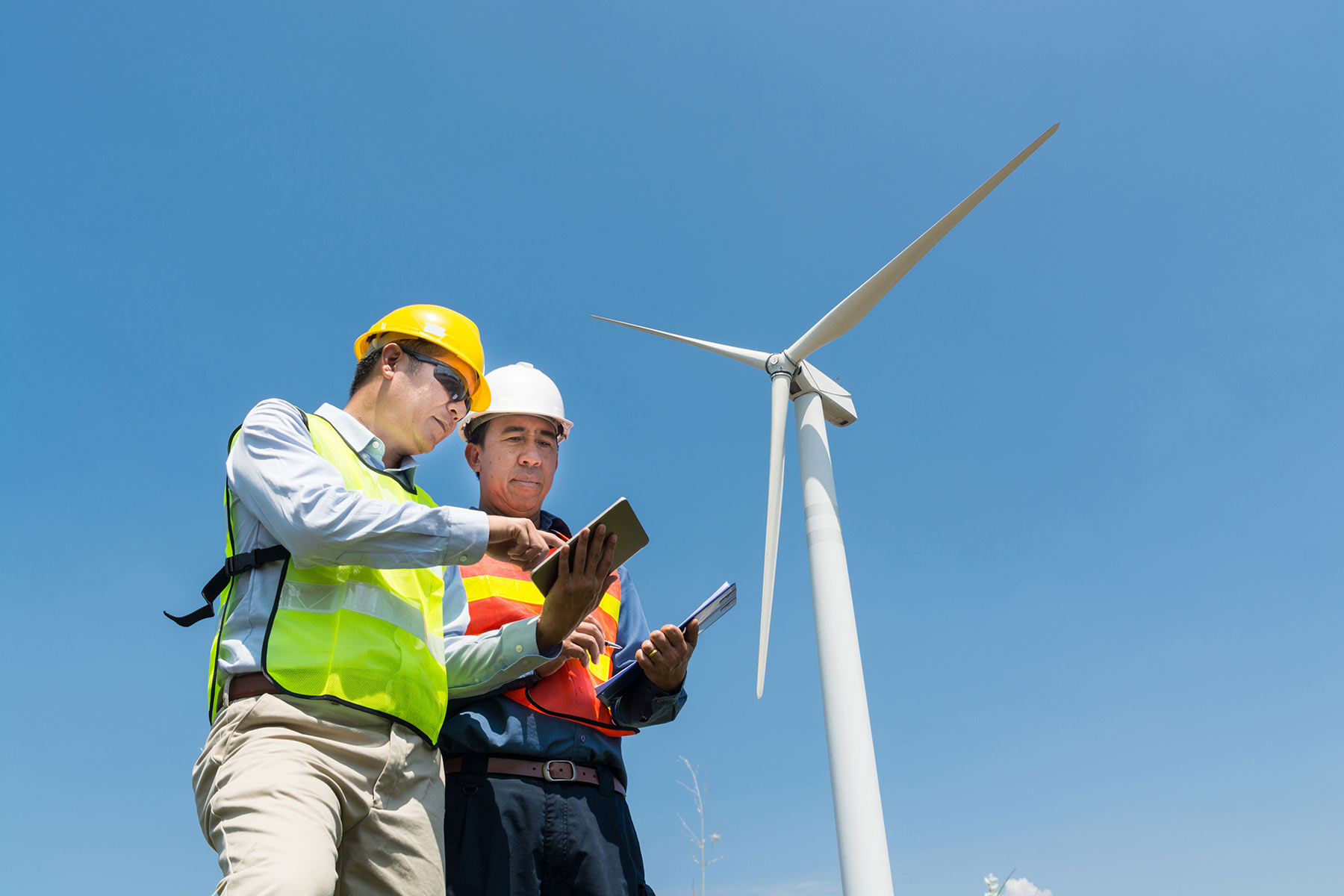The Philippines’ potential for wind energy can be attributed to its location in the Asia-Pacific monsoon belt. With wind turbines in Bangui, Ilocos Norte generating 33MW, the Philippines is currently the top wind power producer in Southeast Asia. Nevertheless, there is still an untapped potential of 70,000 MW for wind energy, according to the Department of Energy.
In addition, a Department of Energy (DOE) study shows that out of the 73 provinces, 47 have at least 500 MW wind potential, while 25 provinces have at least 1,000 MW wind potential. European companies in the wind energy sector such as Vestas and Siemens Gamesa are already present in the market and contribute substantially to developing the Philippines’ wind sector.
Competitive Renewable Energy Zones (CREZ) are gateways to private sector development. They reduce investment barriers by directing transmission development and renewable energy developers to the country’s most promising renewable energy opportunities.
The CREZ process is a stakeholder-driven planning process chaired by the Department of Energy (DOE) with financial support from the United States Agency for International Development (USAID) and technical support from the U.S. National Renewable Energy Laboratory.

Key Statistics
US$2M-US$2.5M
Average investment cost of Wind Energy
39
Number of Wind Energy projects
1,239
Potential capacity
780
Jobs generated
IDEAL LOCATIONS
A study by the US National Renewable Energy Laboratory (US NREL) reports that there are 10,000 sq. km. of land area in six regions across the country with good-to-excellent wind resources. These areas can support a potential installed capacity of 76,600 MW. This potential wind power is sizable in comparison to other power-producing countries like Germany, Spain, the United States, Denmark, and India.
- Batanes and the Babuyan Islands
- Northwest tip of Luzon (Ilocos Norte)
- Higher interior terrain of Luzon, Mindoro, Samar, Leyte, Panay, Negros, Cebu, Palawan, Eastern Mindanao and adjacent islands
- Well-exposed east-facing coastal locations from Northern Luzon southward to Samar
- The wind corridors between Luzon and Mindoro (including Lubang Island)
- The wind corridors between Mindoro and Panay (including the Semirara & Cuyo Island)
GOVERNMENT SUPPORT
- Identification of potential sites of wind energy resources through wind mapping
- Assistance from private entities to further determine if identified areas warrant the establishment of a wind farm
- Extensive efforts to promote and develop renewable energy in the country has immensely progressed since the passage of the Renewable Energy (RE) Act of 2008.
- Access to Japanese technology to jumpstart the development of wind energy projects
INCENTIVES
- Income Tax Holiday
- Exemption from duties on renewable energy machinery and materials
- Zero Percent Value-Added Tax Rate
